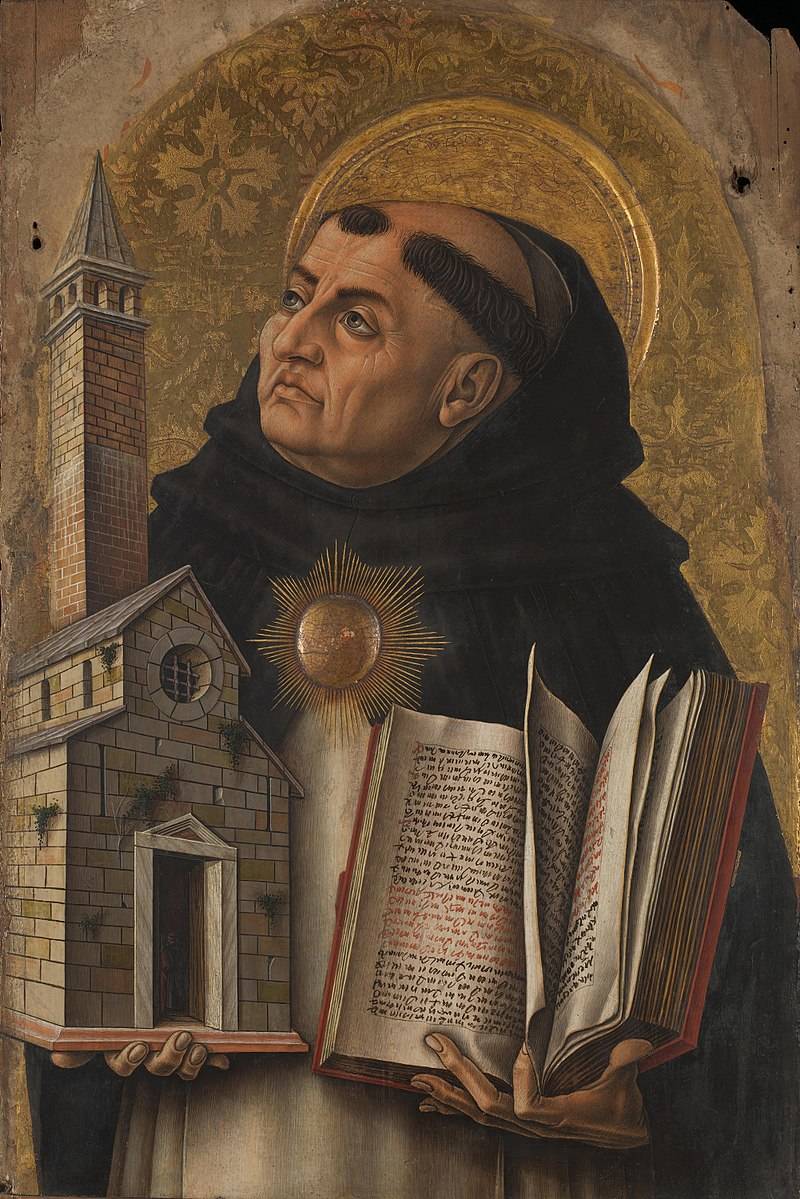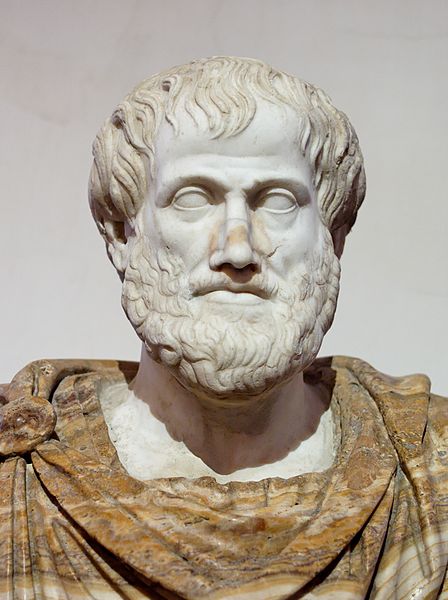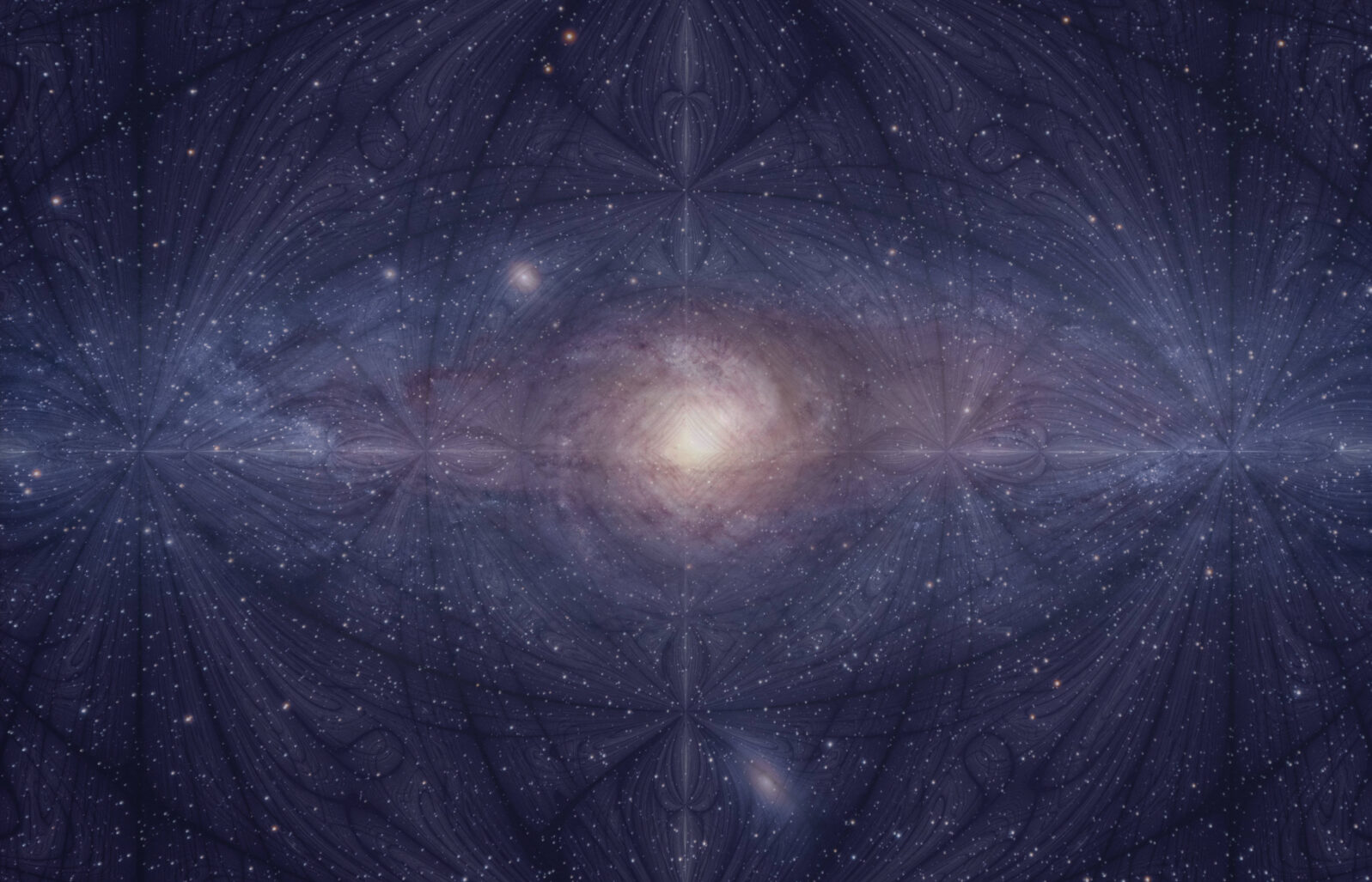God’s Existence Is Proven by Science
Arguments for God’s existence can be demonstrated by the ordinary method of scientific inferenceAtheist Jerry Coyne has replied to my post last Sunday about prayer and the coronavirus pandemic. I argued that prayer makes sense because God exists, and His existence is demonstrable via the ordinary method of scientific inference. There’s a name for this demonstration — natural theology, which is the science of demonstrating God’s existence using evidence and logic. Natural theology may be contrasted with revealed theology, which is the study of God via revelation in Scripture.
Natural theology has a massive history — it goes back at least to the ancient philosopher Aristotle (384–322 BCE) (the Prime Mover argument). A high point in natural theology was Thomas Aquinas’s Five Ways, which are scientific (i.e. evidence-based) arguments for God’s existence. In fact, the cornerstone of Aquinas’ metaphysics is that essence (what a thing is) is utterly distinct from existence (that a thing is).
Existence is not a property, in the sense that “Bob exists” is not the same kind of assertion as “Bob is 49 years old and has blue eyes.” Existence is prior to any and all categories. This sounds esoteric, but it has a profound implication: God’s existence is, and must be, provable via ordinary methods of science — by the pattern of evidence-logic-inference. God’s existence cannot be proven by mere logic or reason alone. You can’t prove that anything exists merely by logic. You cannot reason from pure essence (logic) to real existence (evidence). You can’t prove that the pyramids of Egypt exist merely by the Euclidean geometry of triangles. You can only prove the existence of actual pyramids by providing physical evidence for them.
Proof of God’s existence is and must be the same: it must be inferential—it must come from evidence. Natural science uses exactly the same inferential structure: evidence-logic-inference
Here’s a précis of the scientific argument for the Big Bang:
- Galaxies show red shift, which is proportional to distance from the earth (evidence)
- This implies that galaxies are moving away and, by inference, that the universe in the past was a single point (logic and Einstein’s tensor equations of gravitation (logic)
- The universe began with a Big Bang singularity (conclusion)
Here’s Aquinas’ First Way:
- Change exists in nature (evidence)
- Change is the actuation of potentiality and an essential chain of actuations cannot go to infinite regress. A fully actual Prime Mover is necessary (logic)
- That Prime Mover is what all men call God (conclusion)
Note that both scientific theories have the exact same structure:
- Evidence from nature
- Logical (or mathematical) framework
- Inference to conclusion
Coyne acknowledges this identity but he doesn’t agree with the logical structure of Aquinas’ argument. Coyne argues: “There is no reason a chain of actuations cannot “go to infinite regress”. If there’s a multiverse, that’s more or less what you get. See Sean Carroll’s discussion below.” (Sean Carroll, “Does the Universe Need God?” )
Neither Coyne nor Carroll understand the argument — Aquinas’ argument has nothing to do with a multiverse and is valid whether or not a multiverse exists.

There are four (explicit and implicit) components to Aquinas’ First Way (Aquinas at right).
First the evidence:
- Evidence for change in nature. This is obvious. Things change all the time — atoms vibrate, water flows, leaves turn yellow, men get older. Change is everywhere, and the evidence part of Aquinas’ First Way is ubiquitous and more extensive than the evidence for any other scientific theory.
Then the logic:
- Change is actuation of potency.
- Instrumental (essential) causal chains exist in nature, and they cannot go to infinite regress.
- The law of the Excluded Middle: a thing cannot be, and be its contrary, in the same respect at the same time. Something is either A, or not A, but not both simultaneously.
Let’s take the logic one step at a time, because this is what Coyne and Carroll don’t understand.
2) Change is actuation of potency: This is perhaps Aristotle’s most fundamental metaphysical insight. Aristotle observed that there are three ways of describing existence: there is non-existence, there is actuality, and there is an intermediate state he called potency. An example will make this clear. I’m a 64-year-old man. That is what I actually am. I am potentially 65 years old. If my health holds out, I’ll be 65 in a while. I am not, however, a dog. I will never become a dog. For me, “dog” is not a state of my existence, either actual or potential. So I am 64 years old (act), potentially 65 years old (potency), and not and never can be a dog (non-existence). When Aristotle and Aquinas say that change is actuation of potency, all they mean is that when something changes in nature, it goes from potentially something to actually something. A green leaf goes from potentially yellow to actually yellow in the fall. An acorn goes from potentially an oak tree to actually an oak tree when it grows. It’s an obvious concept and Aristotle’s contribution was to make it a precise metaphysical principle. There are remarkably profound principles that follow from the simple metaphysics of potency and act. One is that it provides proof of God’s existence, as we will see.
3) Instrumental (essential) causal chains exist in nature, and they cannot go to infinite regress: This is the part that is most subtle but it is true and vital. Causal chains exist in nature — things cause other things. Causal chains mean that potency is elevated so that it acts sequentially in things. A thing is in potency to be something, and it actually becomes that something because something else acts on it. A green leaf in potency to be yellow becomes actually yellow when the weather becomes colder in the fall, and the weather becomes colder in the fall because Earth orbits the sun with its axis not completely perpendicular to the plane of the orbit, and Earth orbits the sun because the momentum of the primordial solar system is conserved, etc.
Causal chains are of two types: some chains, called accidental chains, involve causes that need not be constantly present for the effect to occur. A classic example of an accidental causal chain is a family tree. My grandfather caused my father, my father caused me, and I caused my son. However, my son can exist even when all of his family tree dies. His great-grandfather and grandfather and father need not continuously exist to hold him in existence. My son’s causes can act, then go away, and the effect (my son) remains.
An instrumental (essential) causal chain is different. In an instrumental causal chain, each cause must continue to exist for the effect to continue to exist. If the cause does not simultaneously exist, the effect doesn’t exist. Aristotle (below left) used the example of a man pushing a rock with a stick. The stick is an instrumental cause of the movement of the rock: if the stick disappears, the rock stops moving. The stick is a necessary instrument to keep the rock moving continuously.

Infinite regress is possible for accidental (grandfather-father-etc.) causal chains. There is no logical reason why this causal chain can’t go back to infinity.
Infinite regress is impossible for instrumental (essential) causal chains. The reason is that an instrumental chain of causes (a chain of sticks used to push a rock) can’t get started by itself. Causation entails elevation of potency to act, but potency is not something that fully exists so it must be caused by something that does actually exist. An infinite regress of possibilities in an instrumental chain can’t do anything, so it can’t get started by itself. An infinite chain of sticks can’t move a rock. Someone must give the sticks a push. Something at the start of the chain must be actual in its own right and not depend on anything else to actuate it.
4) The law of the Excluded Middle: a thing cannot be, and be its contrary, in the same respect at the same time. Something is either A, or not-A, but not both A and not-A simultaneously: Some commentators have argued that a link in an instrumental chain of causes can activate itself — it can make itself go from potency to act. This is the perennial “the universe caused itself” argument. But that is not possible. Potency means “not actual” — if a thing is potentially something, then it’s not actually that something. If it were actually something, it would no longer be potentially so.
A thing in potency can’t activate itself because potency isn’t actual, and something not actual can’t cause anything else, even its own existence. If something could cause itself — if the universe could cause itself — and thus get a chain of instrumentally ordered causes going, it would have to be in potency to be the universe and in act to be the universe at the same time, which violates the Law of the Excluded Middle. To cause itself, the universe must potentially exist and actually exist at the same time. The universe can potentially exist, or actually exist, but it cannot simultaneously potentially and actually exist. It is logically and metaphysically impossible for something to cause itself. It is logically impossible for a chain of instrumentally ordered causes to cause itself.
An instrumental causal chain—and there are countless such chains in nature—requires a cause that is itself not caused — a First Cause (Aquinas’ Second Way) or a Prime Mover (Aquinas’ First Way). Aquinas’ First and Second Ways are subtly different in that the First Way reasons from change in nature and the Second Way reasons from cause in nature.
His Third Way — the proof from Necessary Existence — has a similar structure. Together, these proofs are called Cosmological Arguments, because they make an argument from the characteristics of nature (the cosmos) via logic to a Prime Mover, First Cause, or Necessary Existence.
The cosmological arguments follow the same formal structure as any theory in science. They invoke evidence from nature (things change, things are caused, things exist), analyze the evidence on a logical framework, and arrive at an inductive conclusion.
The evidence for the cosmological arguments is massive, the logic is impeccable, and the conclusion is inescapable. God exists, with more certainly than we know of the existence of anything in science.
Coyne raises other questions about the cosmological arguments — how do we know that the Prime Mover is the God of revelation, why does everything need a cause, what caused God, etc. Aquinas answered these questions in meticulous detail (it comprises much of his Summa Contra Gentiles — here, we’ll call it Summa Contra Coyne) and I’ll address further questions in posts to come.
Further reading in the discussion between Michael Egnor and Jerry Coyne:
Why prayer is wise during a pandemic. Evolutionary biologist Jerry Coyne thinks that only fools would pray about Coronavirus. He is wrong and here is why. If God is real, then prayer is probably the first thing you want to do in a crisis. A plea to the Boss is a fine preamble to the grunt work of managing a crisis. I’m a neurosurgeon, and I pray before each operation. It really helps.
and
Jerry Coyne hasn’t got a prayer He understands neither natural theology nor natural science. We are more scientifically certain of God’s existence than we are of quantum mechanics or Newtonian or relativistic gravitation. The logic is rigorous.
